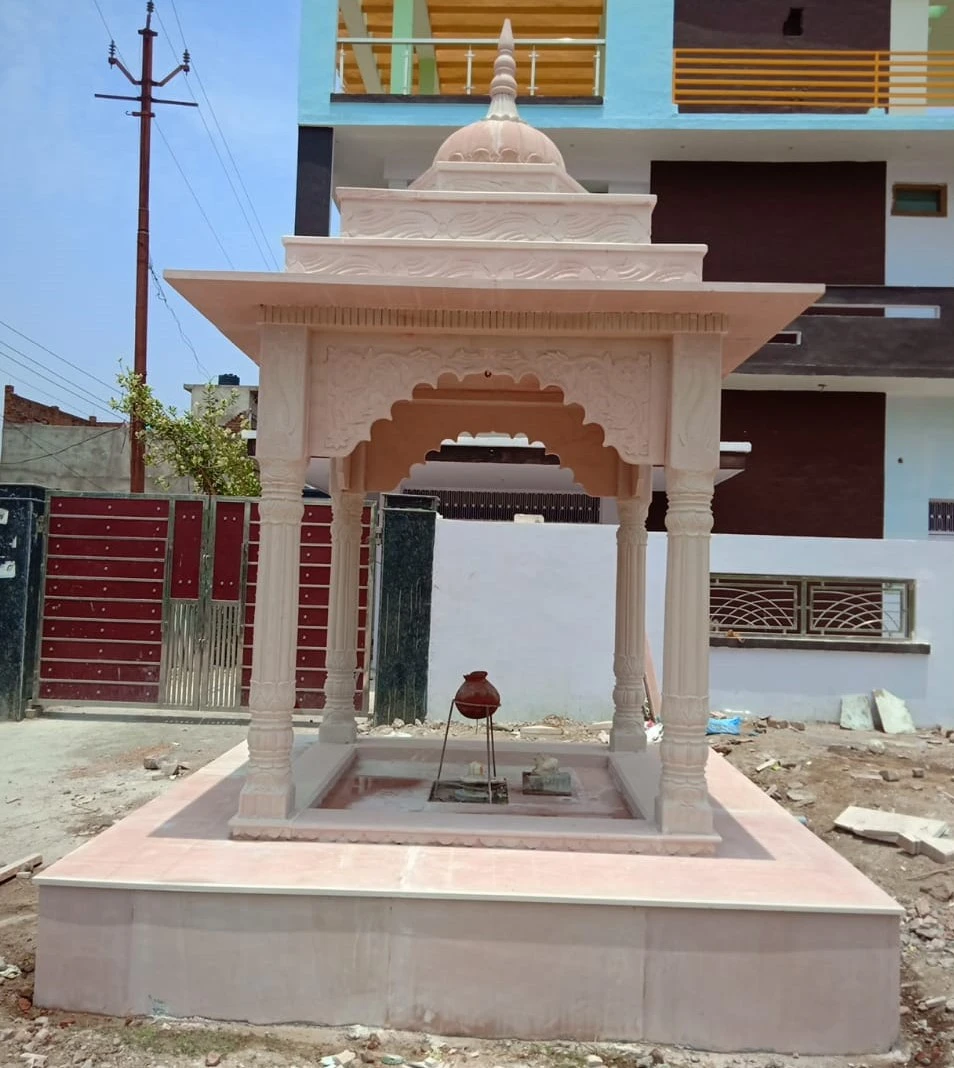Dholpur Stone Temple: An Architectural Gem of India
Introduction
Dholpur, a historically rich district situated in the eastern part of the state of Rajasthan, India, boasts of many architectural masterpieces. Among them, the temples carved out of Dholpur stone hold a special place. Dholpur stone, with its reddish-pink hue, is not only renowned for its aesthetic appeal but also for its durability. This article delves into the beauty, history, and significance of the Dholpur stone temple, highlighting its contribution to India’s architectural legacy.
Historical Background
The history of Dholpur traces back to the Mahabharata era, where it was known as Dhawalgiri. The city, over the centuries, has been under the dominion of various rulers – Rajputs, Mughals, and the British, all of whom have left indelible marks on its architecture. The Dholpur stone temple, like many of the structures in this region, provides evidence of the artistic and architectural prowess of its builders.
Architectural Splendor
The Dholpur stone temple stands as a testament to the intricate craftsmanship and architectural know-how of the artisans of the time. Here are some of its salient features:
- Stone Carvings: One of the most striking features of the temple is its detailed stone carvings. Mythological tales, gods, goddesses, dancers, musicians, and flora and fauna are intricately carved, bringing the stone to life.
- Layout and Design: The temple typically follows a Nagara style of architecture, characterized by a beehive-shaped tower (shikhara) which is often adorned with miniature replicas of itself. The temple complex usually consists of a sanctum sanctorum (garbhagriha), a hall for devotees (mandapa), and sometimes an antechamber (antarala).
- Durability: The Dholpur stone, apart from adding to the aesthetic appeal, ensures the temple’s longevity. Its resistance to weathering has ensured that the intricate carvings remain preserved for centuries.
Cultural and Religious Significance
Beyond its architectural beauty, the Dholpur stone temple serves as a significant cultural and religious landmark.
- Cultural Hub: Temples in India, historically, have been more than just places of worship. They’ve acted as centers for arts, with music, dance, and drama performances happening within their precincts. The Dholpur stone temple, too, has seen countless cultural events that have added to the region’s rich tapestry of traditions.
- Spiritual Oasis: For devotees, the temple stands as a beacon of faith, spirituality, and devotion. Many pilgrims from around the country visit the temple, seeking blessings and immersing themselves in its serene ambiance.
Conservation Efforts
Given the historical and cultural importance of the Dholpur stone temple, there have been concerted efforts by both government bodies and NGOs to ensure its conservation. Restoration work, under the aegis of the Archaeological Survey of India (ASI), has been carried out periodically to preserve the temple’s original beauty and structure.
Conclusion
The Dholpur stone temple, with its magnificent architecture and deep-rooted history, stands as a testament to India’s rich cultural heritage. It’s a confluence of art, faith, and history, offering a glimpse into the country’s glorious past. As we move forward in time, it’s imperative to not only admire such architectural marvels but also to ensure their preservation for future generations.
